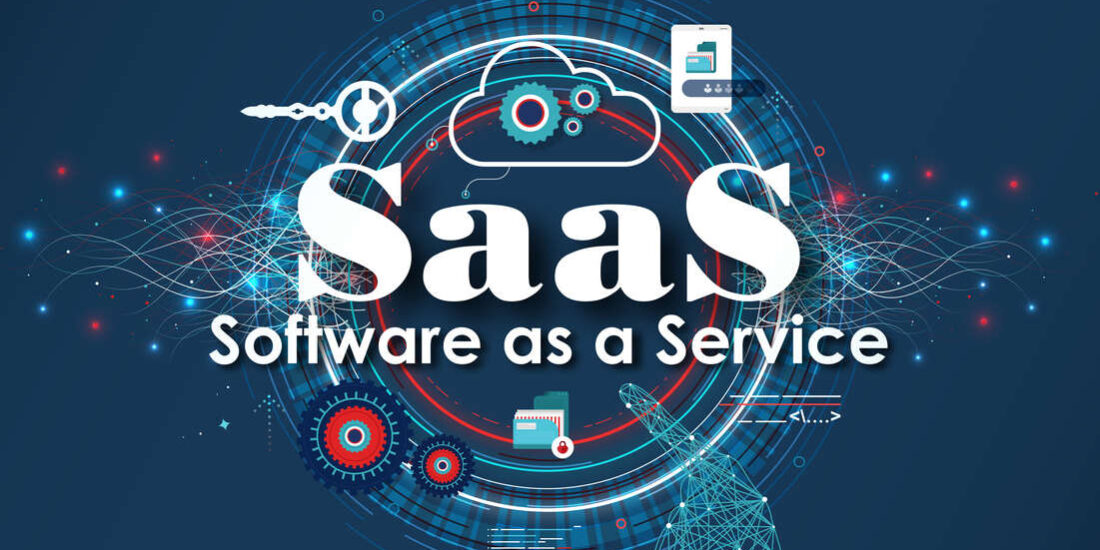There is no such thing as a truly fail proof business. Every business model is subject to some amount of damage from outside sources. Managing mandates and regulations as they come in takes more time than most businesses can handle on top of all the necessary footwork of daily profits and distribution of goods or services. Even in emergencies, lacking the forethought to deal with new, unique scenarios can halt or even end a business.
We’ve had to learn it the hard way from the COVID-19 pandemic, but no business is completely safe from near-sightedness when it comes to managing and planning for the future. Business continuity management (BCM) is more important now than ever as businesses and their workforce adapt to a work-from-anywhere model, an increase in ransomware attacks, and constant global economic shifts due to social and environmental changes.
The Value of BCM
Business continuity management is, at its core, the planning for emergency situations in the future. This includes natural and digital disasters, essential backups, record tracking, and other data management concerns, which keep the most important parts of the business in view so that they can be easily and quickly recovered and implemented in the future. It’s a wide scope of fields that all come together to form a network of checks and balances to ensure that even when the worst-case scenario comes, businesses can efficiently and effectively recover.
Why is BCM Critical Now?
The COVID-19 pandemic wiped out millions of jobs because businesses couldn’t pivot to necessary and recommended guidelines fast enough. Those who did adapt, and followed the recommended guidelines for this process, in the long run couldn’t handle the drastic downturn in revenue and lacked the funding to maintain the business long enough to reach a state where regulations were levied enough to return to normal operations.
However, BCM isn’t about predicting every potential tragic event. It’s about preparing buffers and safeties to be able to cope with natural disasters, extended power outages, disruptions to networks, personal computers or servers by having a detailed recuperation plan outlining steps to reestablish productivity and/or manual workaround should a system fail.
Also read: Work-From-Anywhere Requires More Resilient IT
Preparing a Business Continuity Plan Together
To execute an efficient business continuity agenda, some steps need to be fulfilled for it to be a solid, successful contingency plan.
Be Realistic
Make a true assessment and think of all possible disaster situations and craft a realistic plan of action followed by as many contingency plans as possible. There is no way to plan for every possible disruption that could happen but you should try.
Make it efficient
Managing a business is complex, therefore your business continuity plan will not be simple, but it needs to be executed efficiently, with at hand resources and in a timely manner; having a backup plan should always come with good execution timing.
Adaptability is a must
Although you will have most of your plans in place and ready to be executed at the first sign of disaster, nothing will prepare you for those curveballs that will be thrown at you. Making room for flexibility should you need to re-strategize or improvise on the go is a critical requirement. In a world of constant change, being able to adapt defines the lifespan of most successful businesses.
Test your plan
The only way you can grasp the idea of a solid plan for your business is testing the waters. Plan for business disruption and every now and then test the waters; make sure your team demonstrates the steps expected during a disruption, move your back-up and verify your software, test record validations or alternative communications methods.
There are a variety of software that simplify the process of creating and deploying your business continuity plan. Implementing BCM software will have all the advantages of creating a stable, sustainable plan for continuity after a disaster event without the need to make it up as you go. It allows flexible access to emergency and contingency business plans, recovering data that can be backed up locally. Some BCM software comes with integrated cloud storage support, allowing access to your “Emergency Tool Kit” from any device at any moment.
Passing on software assistance and using self-contained methods can work as long as a team is put together to address the concerns properly. Data technicians will have to review and revise current storage space and allocate enough room to do full scale backups of everything regularly. BCM software is available to do all of that at various levels of ease and efficiency, with some initial load input and configurations.
Also read: Top Managed Detection & Response (MDR) Service Providers 2021
BCM Costs and Effects
The cost of not enacting BCM is that one day, when something bad happens, you will be left with nothing and have to start from scratch. That’s the worst outcome. Second best would be losing an entire day’s worth of progress due to that one unfortunate disaster that was outside of all rational planning or expectation and then having to spend a day playing catch up, advancing a moving deadline, and jeopardizing future projects that were supposed to be started while the recovery is still ongoing. The greatest cost is time, which no amount of money can buy back.
However, all that time can be saved with proper BCM software and preparation to use it. The lost day of work can be resumed immediately once the disaster scenario has passed and no data will be corrupted or lost. It depends on the vendor chosen. Some rely on physical backups using on-site hard drives and data, others utilize network technology and access large storage on cloud servers that hold protected copies of data that is routinely saved and uploaded. The up-front and hosting costs are worth having that layer of protection to keep your business running.
Read next: Safeguarding Infrastructures with Disaster Preparedness

























